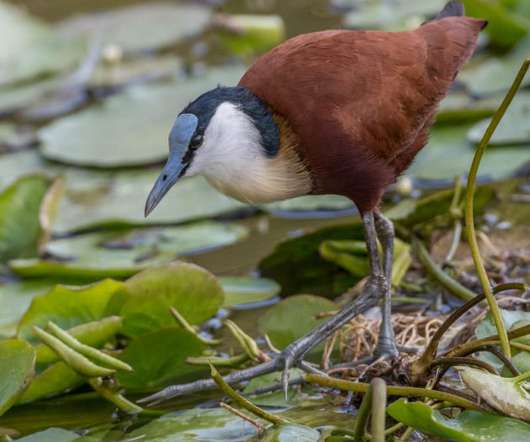Namibia’s 15 key birds
10,000 Birds
JUNE 12, 2012
After a brutal colonization that included genocidal campaigns against the Herero (80% killed) and Nama (50% killed) tribes, the Germans lost control when South Africa invaded soon after the declaration of the First World War. This family group is performing their loud croaking territorial calls.












Let's personalize your content